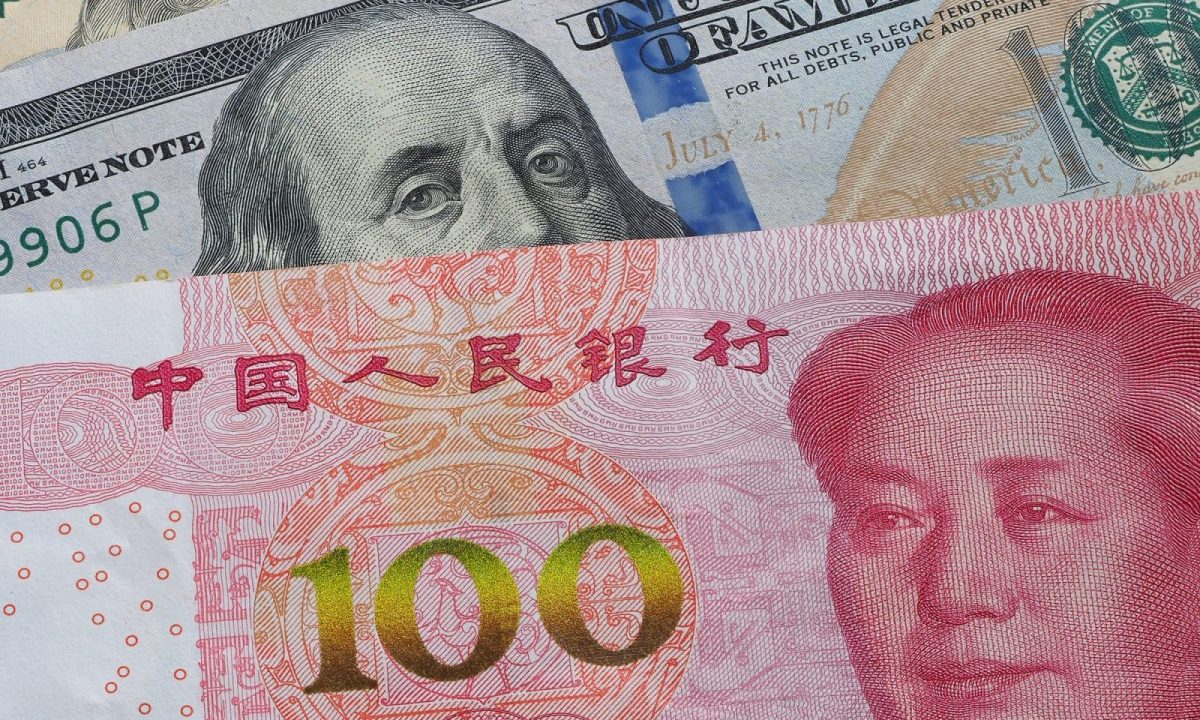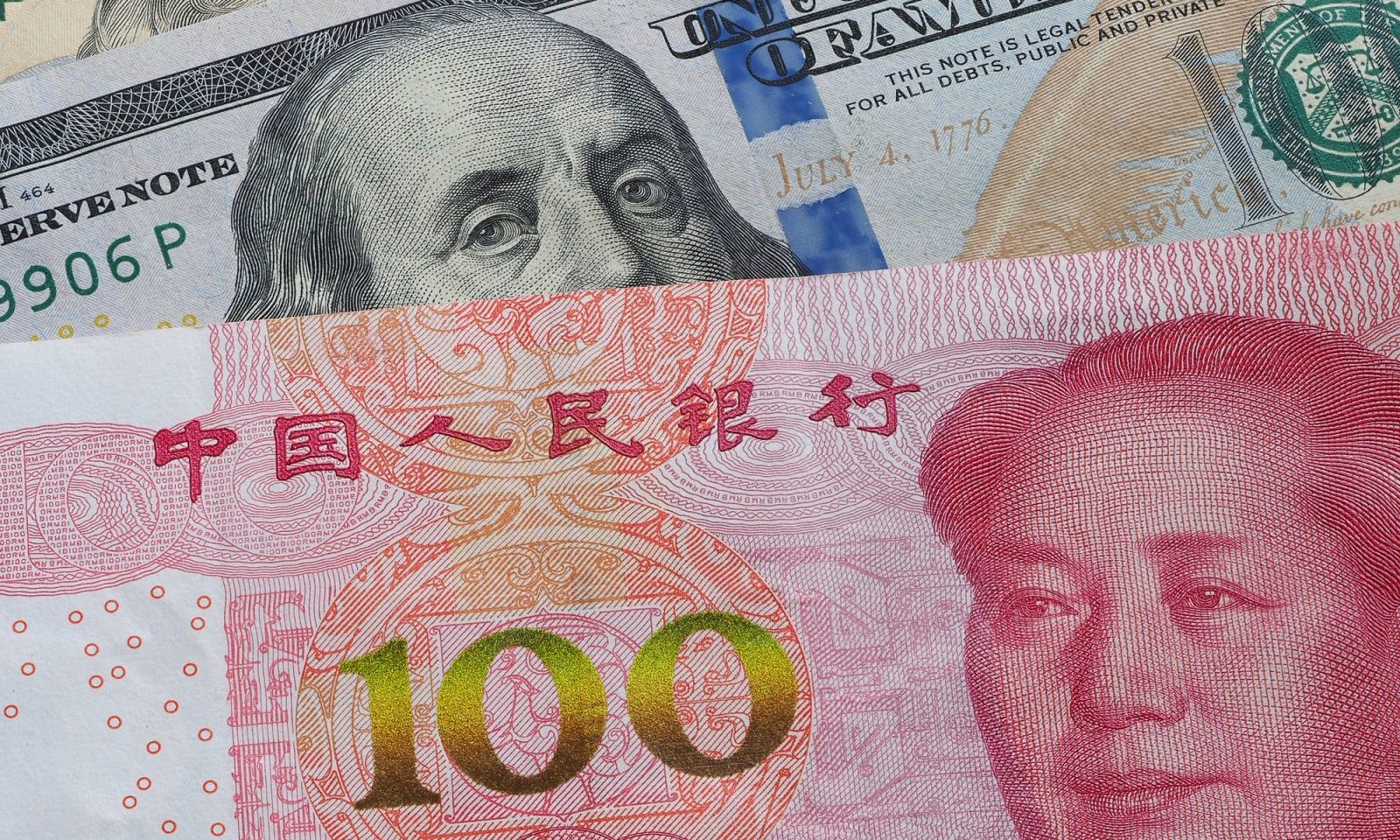Chinese economy crashing? Do the math
The anti-China crowd's crowing about a sluggish Q3 growth rate will probably come back to haunt them, againBy KEN MOAK
OCTOBER 21, 2021

Most indicators suggest that China's economic fundamentals are strong, or at least not as gloomy as Western pundits would like Westerners to believe. Photo: iStock
The Western media and pundits are running all over each other to claim that China’s third-quarter growth rate of 4.9% is a sign that the economy is running out of steam. Whether or not that is true only time will tell. But the China critics had sung that song many times before, only to be laughed at.
Besides, third-quarter GDP growth was down only marginally, by 0.1 percentage point, from the expected rate of 5%. While the 4.9% growth rate is significantly lower than the first and second quarters’ 18.3% and 7.9% respectively, it is still higher than the United States’ 3.5%. Besides, the Chinese government has only targeted a 6% GDP expansion for 2021.
Other third-quarter and September economic indicators supported the Chinese government’s targeted rate of 6% for 2021. Exports, fixed investment and consumption rose by 28%, 7.3% and 4.4% in September respectively from August, according to the country’s main statistical agency, the China National Bureau of Statistics.
But perhaps examining the reasons for the decline in third-quarter GDP growth from the first and second quarters would give a clearer picture of China’s economic outlook. Analysts have attributed that to the giant property developer Evergrande’s debt issues, energy shortages, supply-chain disruptions, and Covid-19 surges, among other factors.
Assets and liabilities
On Evergrande’s (and other property developers’) difficulties meeting their debt obligations, the governor of the People’s Bank of China (PBoC), Yi Gang, said the company’s debt is “manageable.” His comment was made in light of the Chinese property company’s assets exceeding its liabilities. Evergrande reported more than US$350 billion in assets and around $300 billion in liabilities.Equally noteworthy is that in China, the state owns the land and leases it to home and commercial buyers for a fixed period of time. So if Evergrande goes into bankruptcy, the government will buy the company’s properties, compensating creditors and investors.
The Evergrande debt issue is not a Lehman Brothers moment as some pundits would have the world believe. The Chinese company is a private property developer whose assets exceed its liabilities and is therefore able to meet its liability obligations.
Lehman Brothers’ liabilities, on the other hand, far exceeded the bank’s assets because of the risky financial derivatives called collateral debt obligations it created. The CDOs differed from other financial derivatives in that the former used the same original asset to create many derivatives. This meant selling the same product many times.
The original derivatives used only one asset as the underlying collateral, usually a riskless instrument such as a US Treasury Bill. CDOs often resorted to risky assets such as car loans as underlying collateral, prone to payment defaults.
So when the underlying collateral encountered defaults, the issuing bank (in this case Lehman Brothers) was not able to survive. The Lehman Brothers “moment” led to the 2008 financial crisis.
As for China’s energy shortage, it was largely caused by its green energy policy, significant rises in the prices of coal, oil and natural gas, and the banning of Australian coal. There was also a huge demand for Chinese exports, creating a situation in which the demand for energy far outstripped its supply.
However, Chinese officials are making plans to increase energy imports and reopen domestic coal mines. For instance, China is increasing imports of coal, oil and natural gas from Russia and other countries. Though that policy could set back China’s goal of carbon neutrality by 2060, but it should solve the current energy issue.
Supply chain disruptions
Meanwhile, the US trade wars coupled with the Covid-19 pandemic have slowed down manufacturing in China, but affected that of the West more. For example, China’s industrial output rose by more than 4% while that of the US dropped by 0.7% in September. Third-quarter US GDP growth was also lower than China’s, estimated at 3.5% by the World Bank and other organizations.Indeed, the pandemic has shown how dependent the world, the US in particular, is on China. A slowdown in Chinese manufacturing created huge shortages in global industrial and consumer goods.
China remains the world’s biggest destination of direct foreign investment. This would suggest that China’s economic fundamentals are strong, or at least not as gloomy as Western pundits would like us to believe.
Simply put, the forecast annual economic growth rate upwards of 5% during the 14th Five Year Plan period from 2021 to 2025 is doable. That prospect is reinforced, in part, by the government’s “common prosperity” policy, expanding educational opportunities to the poor and other measures.
Enhancing the educational opportunities of the working or poor classes makes a lot of sense. Indeed, it was in large part the post-World War II GI Bill that provided postsecondary education to veterans that enlarged the American middle class.
That US policy showed that there is a direct relationship between education and income. The greater the skill level of the labor force, the greater its productivity in value-added manufacturing. Higher productivity and product value translated into higher wages.
China already has more than 400 million of its 1.4 billion population in the middle class. Giving more people in the lower or poor classes a better education would increase that number. That, in turn, can only increase consumption and, by extension, economic growth.
Furthermore, China does have the financial tools to reverse its economic woes. Bank deposits, for example, accumulated to more than $35 trillion as of August, according to ceicdata.com. Those funds can be converted into loans for investment and consumption.
In addition, the government has considerable fiscal and monetary policy muscles, having a reserve requirement ratio of 12% and national debt GDP ratio of around 55%. Reducing the the RRR by 1 percentage point would pour hundreds of billions of dollars into the economy.
The anti-China crowd claiming the Chinese economy expanding at 4.9% in the third quarter could be wrong, again. Indeed, if one were to follow that logic, the US economy, expected to increase by 3.5% in the same period, will collapse before China’s.

Chinese economy crashing? Do the math - Asia Times
The Western media and pundits are running all over each other to claim that China's third-quarter growth rate of 4.9% is a sign that the economy is
 asiatimes.com
asiatimes.com

